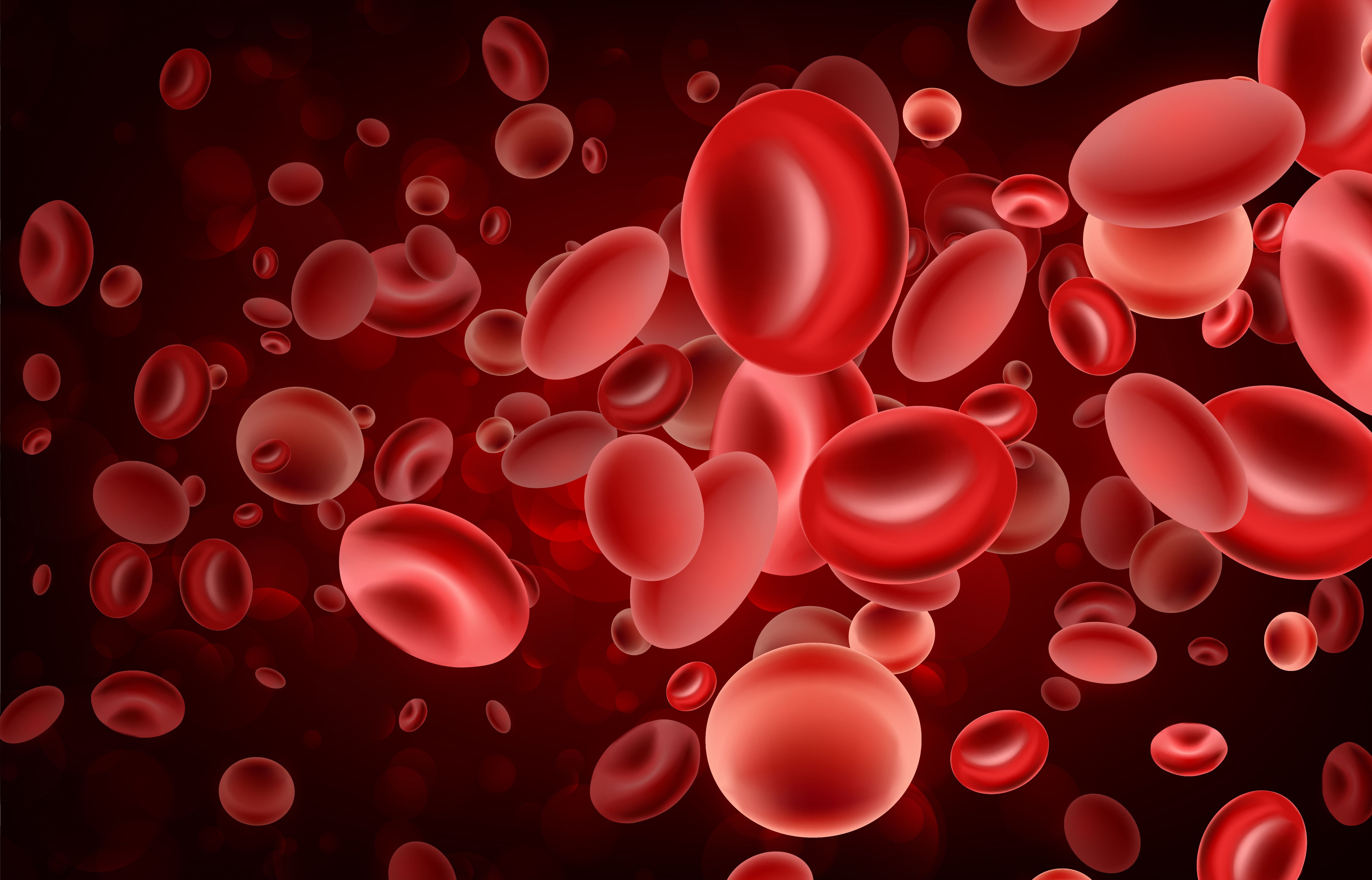Compared With Ruxolitinib, Full-Dose Pacritinib Proves Superior for Patients With Cytopenic Myelofibrosis
Full-dose pacritinib beats ruxolitinib in patients with cytopenic myelofibrosis.

Compared to those who received ruxolitinib (Jakafi), most patients with myelofibrosis with moderate to severe thrombocytopenia treated with pacritinib were able to maintain full dose intensity over time and had numerically higher rates of symptom response. John O. Mascarenhas, MD, presented results of a retrospective head-to-head analysis at the 2021 ASH Annual Meeting.1
Investigators evaluated patients from the phase 3 PERSIST-2 trial (NCT02055781) who had received pacritinib 200 mg twice daily and were ruxolitinib naïve. Patients included in the analysis were randomized prior to week 22 of the study.
Among the 43 patients included in the efficacy analysis who received pacritinib, 28% had a reported reduction in spleen volume compared with 11% among patients who received ruxolitinib (n = 9). Modified total symptom score response was reported in 37% vs 11%, respectively. Further, the hazard ratio for overall survival for patients who received pacritinib was 0.49 (95% CI, 0.13-1.92). Investigators reported that after adjusting for Dynamic International Prognostic Scoring System (DIPSS) risk, platelet count, and primary vs secondary disease, no decrease of treatment effect was observed.
“Cytopenias are frequently encountered in patients with myelofibrosis and pose a challenge to treating physicians because approve JAK inhibitors can exacerbate both anemia and thrombocytopenia,” said Mascarenhas, a professor of medicine at the Icahn School of Medicine at Mount Sinai, director of the Center of Excellence for Blood Cancers and Myeloid Disorders, and director of the Adult Leukemia Program.
Investigators hypothesized that pacritinib, delivered at a full dose, may offer an alternative option to ill-defined dose-reductions with available JAK inhibitors who have cytopenic myelofibrosis. “[Although] lower doses of the approved JAK 1/2 inhibitor ruxolitinib have been commonly used for the treatment of patients with myelofibrosis and thrombocytopenia, there is no recommended starting dose in the package insert for patients with platelet counts less than 50,000,” Mascarenhas said, adding that the package insert advises treatment interruption when platelets fall below this threshold and that the marked reduction in the starting dose of ruxolitinib for patients with platelet counts ranging 50 to 100 x 109/L may limit efficacy.
Pacritinib, a JAK2/IRAK1 inhibitor is engineered to address the unmet clinical need of patients who have baseline or treatment-emergent thrombocytopenia who cannot tolerate full doses of the approved JAK1/2 inhibitor ruxolitinib.1,2
Investigators first set out to report the efficacy of the novel agent in PERSIST-2, the protocol of which was designed to evaluate the efficacy of 2 dosing regimens of pacritinib (400 mg once daily and 200 mg twice daily) vs best available therapy for patients with myelofibrosis and a platelet count of less than 100 x 109/L.2Results demonstrated that both pacritinib arms outperformed the ruxolitinib regimen in spleen volume reduction as well as a reduction in symptom burden compared with best available therapy.
Despite 45% of patients receiving ruxolitinib as best available therapy in the PERSIST-2 study, investigators of the retrospective analysis set out to determine if pacritinib would continue to outperform the available regimen in a head-to-head analysis.
The analysis considered changes in dose intensity, efficacy, and safety. Patients included in the efficacy analysis had achieved a spleen-volume reduction of at least 35% or had a modified total symptom score of at least 50%. This included 43 patients in the pacritinib arm and 9 in the ruxolitinib arm. The safety analysis included 57 and 12 patients, respectively. Per the study protocol those who received ruxolitinib as best available therapy prior to week 24 and crossed over of the study were included.
Among the 57 patients who received pacritinib twice daily at 200 mg, the median age was 67 years (range, 39-84) and the median platelet count was 51 x 109/L (interquartile range [IQR], 28-95). In the ruxolitinib arm (n = 12) the median age was 72 years (range, 64-83) and the median platelet count was 49 x 109/L (IQR, 18-74). Other baseline characteristics were well balanced between the 2 arms including red blood cell transfusion (37% vs 33%, respectively), DIPSS high risk (21% vs 25%), and median hemoglobin (97 g/mL [IQR, 83-112] vs 100 g/L [IQR, 91-114]). More patients receiving pacritinib had primary myelofibrosis (75%) compared with ruxolitinib (58%). Most patients in the ruxolitinib arm had at least 1% peripheral blasts (75%) compared with pacritinib (30%).
In terms of dose intensity, investigators reported dose alterations in the ruxolitinib arm. The median starting dose was 10 mg daily (IQR, 10-10) at baseline, 10 mg (IQR, 0-10) at week 12, and 10 mg (IQR, 0-20) at week 24 among patients who received ruxolitinib. At weeks 12 and 24, a majority of patients were able to receive the full 400 mg daily regimen of pacritinib.
In terms of safety, incidence of adverse effects was similar among those who received pacritinib vs ruxolitinib, including thrombocytopenia (33% vs 33%, respectively), anemia (30% vs 25%), grade 3 or higher hemorrhagic events (19% vs 17%), all-grade cardiac events (26% vs 33%). Patients in the pacritinib arm had higher rates of grade 3 or higher diarrhea (1.5% vs 0%, respectively) and a higher rate of all-grade infection (47% vs 33%). However, those in the ruxolitinib arm had a higher rate of grade 3 or higher infection at 17% compared with 11% among those in the pacritinib arm.
Fatal adverse effects were also higher among those in the ruxolitinib arm (25%) compared with the pacritinib arm (7%).
In November 2021, the FDA extended the review period of CTI BioPharma’s new drug application of pacritinib for the treatment of patients with intermediate-risk or high-risk primary or secondary myelofibrosis with a baseline platelet count of less than 50 x 109/L.3 The application is based on findings from PERSIST-2 as well as PERSIST-1 (NCT01773187) and PAC203 (NCT03165734).
The new decision date is February 28, 2022.









